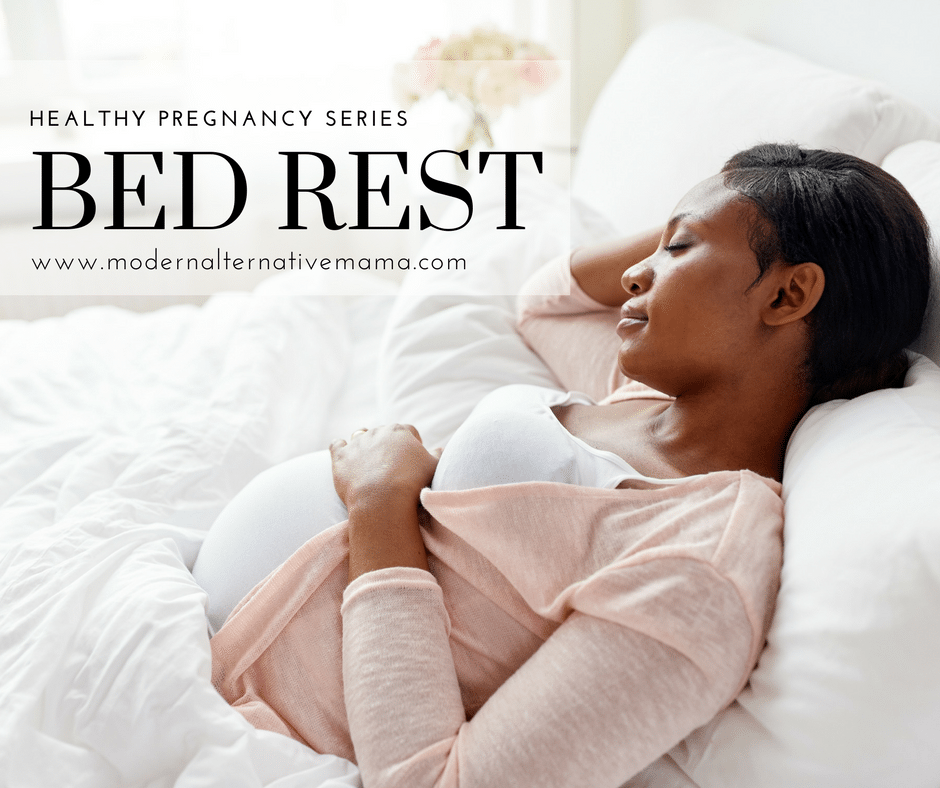
Such activities and exercises condition not only the musculoskeletal system, but also other body systems stressed by bed rest. Measures to offset the deleterious effects of immobility are indicated for those confined to bed rest, specifically bed mobility and exercise.

Osteoporotic changes with loss of bone density result from lack of weight bearing and reduction of muscular forces on the bones.

Over extended periods of immobility, collagen components of soft tissues begin to rearrange, resulting in joint capsule tightening and muscle contracture and atrophy. Losses of muscle strength as much as 10 to 15 per cent have been demonstrated after only one week of bed rest. Muscle tone, strength, and endurance decrease. Cardiac output and capacity, depth of respiration, and peristalsis decrease, while the risk of orthostatic hypotension, thromboembolism, and pulmonary disorders increases. The cardiovascular, pulmonary, gastrointestinal, and musculoskeletal systems all suffer from inactivity and the recumbent position. It is associated with many hazards of immobility and may be a greater stressor to the patient than a less restrictive activity prescription would be. Bed rest may be prescribed to maintain a pregnancy. Many patients are placed on bed rest with bathroom privileges and are permitted to ambulate to a toilet in the bathroom. A person on strict bed rest must remain in bed at all times. These results support HIIT as a promising approach to preserve astronaut health and functioning during space missions, and to prevent deconditioning as a result of hospitalization in older adults.Restriction of a patient's activities, either partially or completely. However, it was ineffective in protecting against orthostatic intolerance.

Peak velocity, flight height and flight time were significantly reduced in both groups with HDBR.Ĭonclusion: In this first Canadian HDBR study in older adults, an exercise countermeasure helped maintain aerobic fitness and lean body mass without affecting the reduction of knee extension strength. Isometric and isokinetic knee extension muscle strength was significantly reduced in both groups. However, total body fat mass decreased only in the exercise group. Total and leg lean masses decreased in both groups. Body weight significantly decreased in both groups. The exercise group maintained V̇O2peak levels similar to baseline whereas it decreased in the control group following 14 days of HDBR. Results: There were no differences at baseline in main characteristics between the control and exercise groups. Additionally, changes in various blood parameters were measured as well as the effects of exercise countermeasure on these measurements.

A vertical jump was used to assess whole-body power output and a tilt test to measure cardiovascular and orthostatic challenge. Body composition was assessed by dual-energy X-ray absorptiometry (DXA) and several muscle group strengths were evaluated using an adjustable chair dynamometer. Peak aerobic power (V̇O2peak) was determined using indirect calorimetry. Participants were randomized to passive physiotherapy or an exercise countermeasure during the HDBR period consisting in 3 sessions per day of either high-intensity interval training (HIIT) or low-intensity cycling or strength exercises for the lower and upper body. After 5 days of baseline assessment tests, they underwent 14 days of continuous HDBR followed by 7 days of recovery with repeated tests. Methods: Twenty-three participants (12 males and 11 females), aged 55-65 years, were admitted for a 26-day inpatient stay at the McGill University Health Centre. The aim of this study was to investigate the efficacy of an exercise countermeasure in healthy older participants on attenuating musculoskeletal deconditioning, cardiovascular fitness level and muscle strength during l4 days of HDBR as part of the standard measures of the Canadian Space Agency. Exercise is the most effective countermeasure for the deleterious effects of inactivity. Introduction: Head-down bed rest (HDBR) has long been used as an analog to microgravity and it also enables studying the changes occurring with aging.


 0 kommentar(er)
0 kommentar(er)
